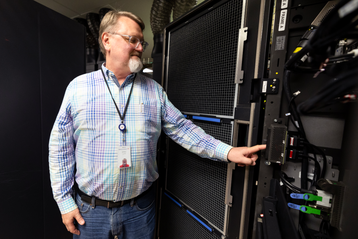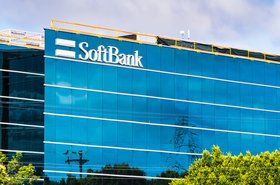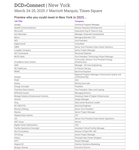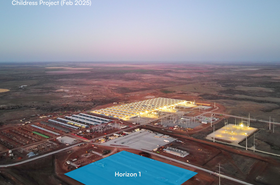Texas A&M University System has switched off its IBM mainframe infrastructure and is moving to a private cloud.
The US college group is moving its financial and human resources workloads to the cloud after a migration that has been more than a decade in the making.
The switch off of Texas A&M's mainframe infrastructure happened on August 18 and is hoped to save the University System around $1.5 million annually in operating costs.
Texas A&M is comprised of 11 universities across the state and educates more than 153,000 students.
The University System was first recommended to move to the cloud back in 2011 by Deloitte during an IT assessment.
Deloitte also recommended moving the A&M system to technology platform Workday, a move that the University System followed through on in 2017. Workday is a cloud-based software as a service and is used for the University System's HR and payroll functions, while private cloud infrastructure from Nutanix with Microsoft software is used for its financial systems. The Nutanix/Microsoft solution first went live in November 2022.
According to Texas A&M, the move to Workday took between 2.5 and three years to complete as the college had to check it was compatible with a vast variety of "cost centers." Mark Schultz, deputy CIO at Texas A&M said that, in total, the college brought "22 unique companies to the Workday implementation."
The process of moving the college's financial systems to a private cloud was completed with the assistance of Astadia (a mainframe-to-cloud migration company) which required a rewrite of the EBCDIC mainframe code for the cloud in ASCII. This migration took around four years of "discovery, research, and collaboration," and cost a total of $22 million.
According to Schultz, the decision to stay away from the public cloud was motivated both as a "return on investment decision" as well as from a security perspective. For the time being, the college is more confident in using a SaaS provider instead of needing its IT engineers to know how to secure assets properly in the cloud.
In terms of the future, Texas A&M is exploring the possibility of moving its business intelligence data and workloads for predictive reporting to the cloud.
Texas A&M has been using IBM mainframe infrastructure since the 1950s. According to the University System, the 1960s then saw its mainframes used heavily for Fortran calculations and research, while the following decades saw statistical analysis done with software from SAS.
Until the 1980s, students were registered for Texas A&M via mainframe technology and punch cards. This then switched to students registering for classes using touch-tone telephones and early web-based systems. A new student system was finally introduced in 2008. This latest move to switch off the mainframes marks the final part of their journey with Texas A&M.
Over the years, the mainframe has not only been used by Texas A&M but also served government institutions including NASA and the US Air Force.
Texas A&M University System was granted tax breaks for its data center on the Rellis campus in May 2021. Construction was set to begin in November 2021.
According to the Texas A&M University website, the University System's flagship institution, Texas A&M houses two enterprise data centers: a 50,000 sq ft facility on the West campus with a total IT capacity of 6MW and a Main Campus Data Center which spans 7,560 sq ft.







